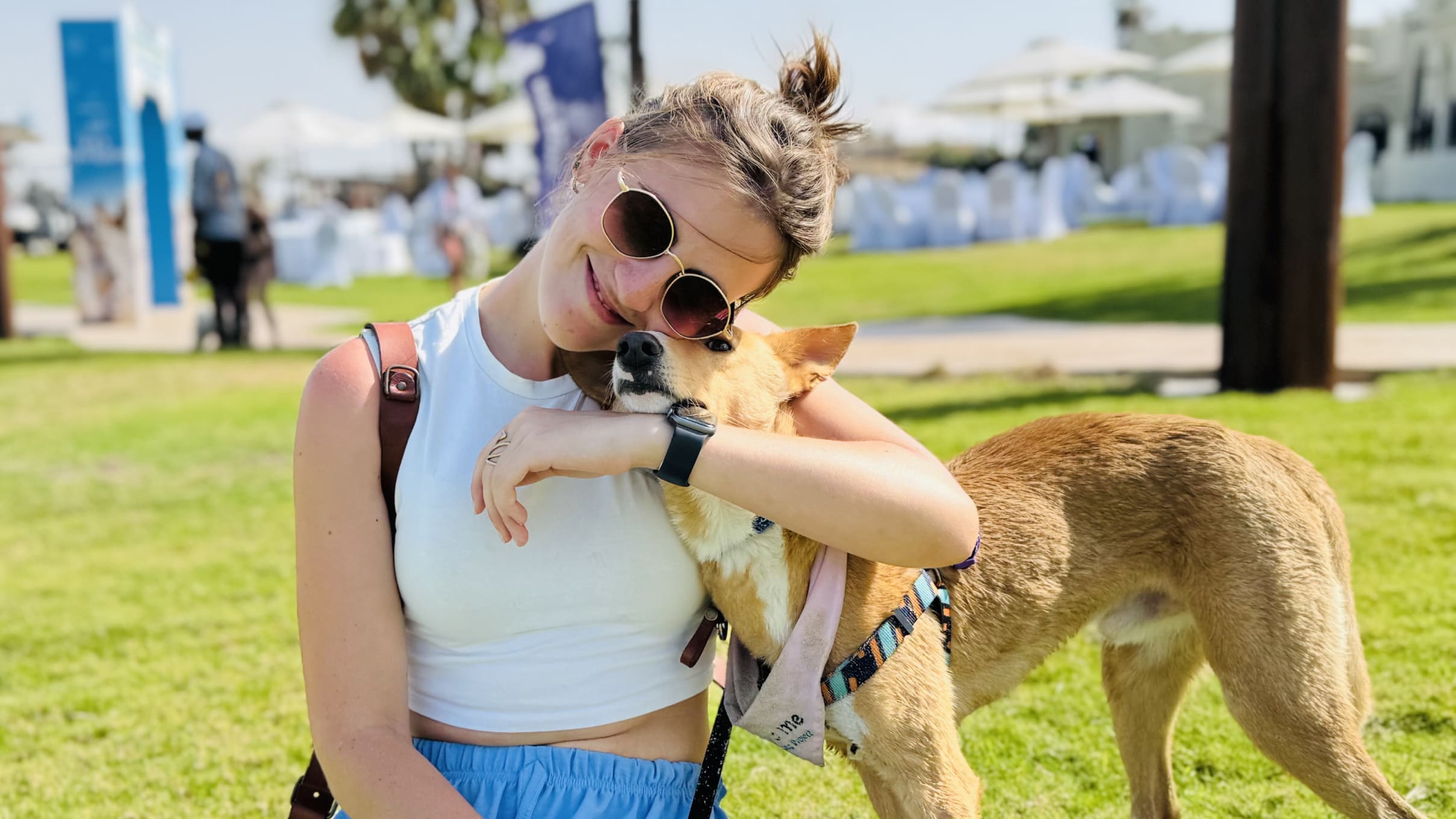Understanding Pet Radiography: 5 Key Insights

Radiography, commonly known as X-ray imaging, is a valuable diagnostic tool in veterinary medicine.
It allows veterinarians to visualize internal structures of a pet's body, aiding in the detection and diagnosis of various health conditions.
Pet radiography is a non-invasive procedure that plays a crucial role in providing timely and accurate diagnoses.
In this article, we'll explore five key insights into understanding pet radiography, shedding light on its significance in veterinary care and how it benefits our beloved furry companions.
1. What is Pet Radiography?
Pet radiography is a medical imaging technique that uses X-rays to create detailed images of the internal structures of animals, including bones, organs, and soft tissues.
During the procedure, the pet is positioned between an X-ray machine and an imaging receptor, and a controlled amount of X-ray radiation passes through the body.
The X-rays are absorbed differently by various tissues, creating a radiographic image that appears as varying shades of black, white, and gray.
These images provide valuable information about the pet's health and aid in diagnosing a wide range of medical conditions.
2. The Importance of Pet Radiography:
Pet radiography is an invaluable diagnostic tool that allows veterinarians to assess conditions that may not be visible externally.
It helps detect fractures, bone abnormalities, foreign objects, tumors, and other internal issues. Radiography is particularly useful for investigating orthopedic problems, respiratory issues, gastrointestinal disorders, and heart conditions.
By providing a clear view of internal structures, radiography enables veterinarians to make accurate diagnoses and develop appropriate treatment plans, ultimately leading to better outcomes for the pet.
3. Safety Measures:
Pet radiography is safe when performed by trained professionals, as they take several safety measures to minimize radiation exposure.
During the procedure, the veterinary team will use lead aprons and other protective gear to shield themselves from radiation.
Additionally, the pet may be gently restrained or sedated to ensure they remain still during the process, reducing the need for retakes and further exposure.
The benefits of timely and accurate diagnosis from radiography far outweigh the minimal risks associated with controlled radiation exposure.
4. Types of Pet Radiography:
There are two primary types of pet radiography: conventional radiography (X-ray) and contrast radiography.
Conventional radiography captures static images of the pet's bones and organs, while contrast radiography involves using a contrast agent to highlight specific areas, such as the gastrointestinal tract or blood vessels.
Contrast radiography provides enhanced visibility and is particularly useful for diagnosing gastrointestinal obstructions, vascular anomalies, and urinary tract issues.
5. Preparing for Pet Radiography:
Before pet radiography, the veterinary team will explain the procedure and its purpose to the pet owner.
In most cases, pets will need to lie still during the imaging process, which may require gentle restraint or sedation.
To ensure accurate results, pets may need to fast before contrast radiography, as the gastrointestinal tract needs to be empty.
Pet owners can rest assured that the veterinary team will take all necessary precautions and prioritize their pet's safety and comfort during the procedure.
Conclusion:
Pet radiography is a critical diagnostic tool that plays a vital role in veterinary care.
By providing detailed images of internal structures, radiography helps veterinarians diagnose and treat a wide range of medical conditions, ensuring our beloved furry companions receive the best possible care.
The procedure is safe when performed by trained professionals, with strict adherence to safety measures to minimize radiation exposure.
As pet owners, understanding the significance of pet radiography empowers us to make informed decisions about our pet's healthcare and collaborate effectively with our veterinary team.
With the insights gained from radiography, veterinarians can develop personalized treatment plans that promote our pet's health, happiness, and well-being, allowing them to enjoy a long and fulfilling life by our sides.


Schedule your appointment today
Book My Appointment








